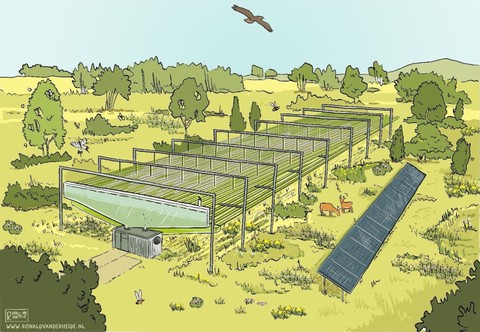
Microalgae as a Protein Source for the Future
Microalgae, those tiny organisms that thrive in water and sunlight, hold immense potential for addressing the world’s protein sustainability challenges. By …

Microalgae, those tiny organisms that thrive in water and sunlight, hold immense potential for addressing the world’s protein sustainability challenges. By …
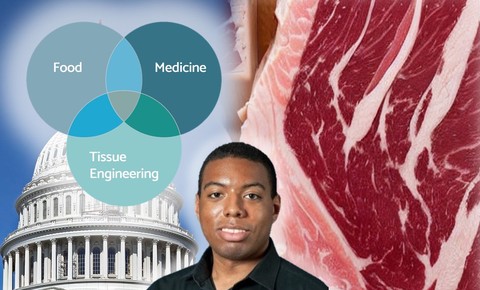
By taking the tools of tissue engineering and adapting them to work on a scale as large as agriculture, cell-cultured meat could change the world. But first, we …

The general assumption is that technology is intrinsically neutral — it can be used for either good or bad and the outcome depends on the person or group who …
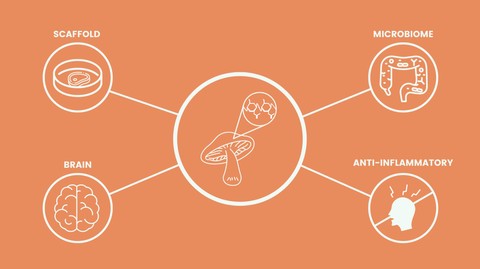
Chitin- and chitosan-based scaffolds show promise for improving both the scalability and nutritional value of cell-cultured meat products.
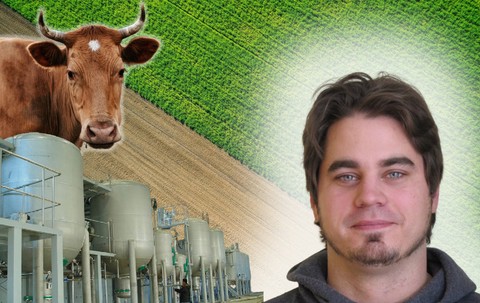
What options are on the food-tech menu for achieving long-term protein security? Cell culture, plants, microorganisms, algae, and fungi may all have roles to …
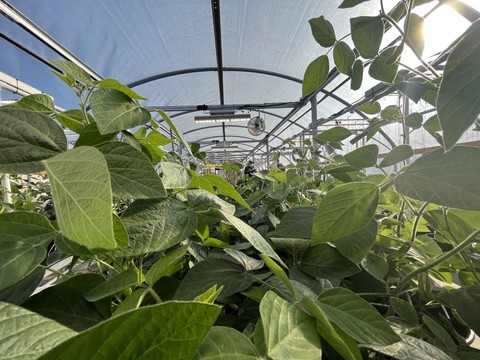
Gene-recombinant biotechnologies aim to produce key animal proteins at a fraction of the cost of conventional animal husbandry. The implications for research, …

Seaweed is the collective noun for a group of at least 10,000 species of macroalgae, and new species are being discovered each year. Although seaweeds have been …

Every now and again a young person comes along whose intellect and wisdom seem to defy their age. Over the past year, we’ve had the privilege of working closely …

Much attention has been given to the innovators producing plant- and cell-based alternatives to traditionally animal-based foods, but less recognized are the …

Japan is forging a unique development path for cellular agriculture — one in which no one is left behind and anyone interested can get involved in helping …
No spam. Unsubscribe anytime.